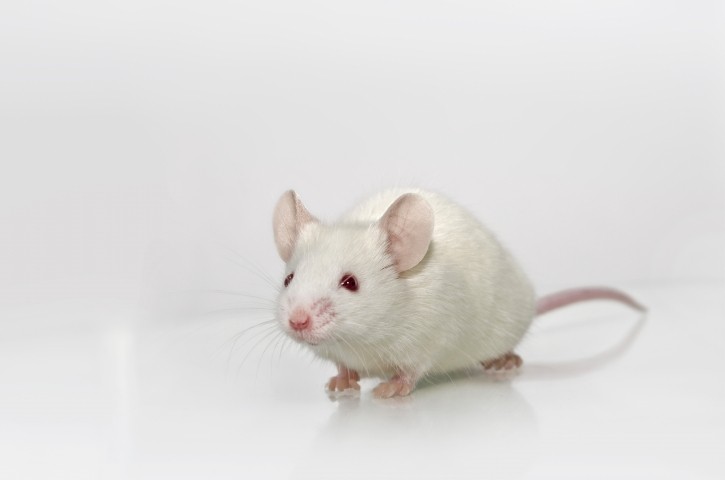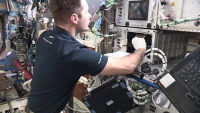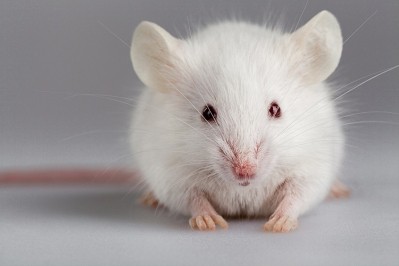Mice in microgravity: how rodent research in space accelerates study timelines

The mission – “Rodent Research-5” – is the result of a collaboration between the University of California, Los Angeles (UCLA), the Center for the Advancement of Science in Space (CASIS), NASA, and BioServe.
The mice are treated with NELL-1, a protein produced by the human body that is critical for normal bone growth and development, and were bred specifically for the mission by Taconic Biosciences, a genetically engineered mouse models service provider.
“This experiment will test a new drug designed to not only block loss of bone but also to rebuild it,” Stefanie Countryman, associate director, BioServe Space Technologies, told Outsourcing-Pharma.com.
Once on board, more than 240 miles above the earth, some mice will receive injections with the new drug, while others receive a placebo.
“At the end of the experiments half of the mice are returned to Earth in SpaceX’s Dragon spacecraft and transported to UCLA for further study,” Countryman explained.
The experiment was designed by Dr. Chia Soo at the UCLA School of Medicine.
Why space?
Rodents and humans undergo detrimental changes such as bone mineral loss and muscle wasting in a microgravity environment. However, these changes are difficult to simulate on Earth.
“Therefore, mice exposed to spaceflight are a valuable model to understand and develop therapies to help grow and strengthen bone for millions of humans on earth affected with bone loss diseases like osteoporosis, during extended bed rest and during the normal aging process,” Dr. Gretchen Kusek, scientific program manager with Taconic, told us.
In fact, mice have shown a rapid loss of muscle and bone mass in little as 12 days in previous spaceflight studies, she said.
“Previous studies show that rodents do indeed exhibit bone mineral loss and muscle wasting, and at a much quicker rate than in humans which allows scientists to conduct studies in rodents that would take years to evaluate in humans,” Kusek added.
For these reasons, pharmaceutical companies have also conducted research aboard the space station including Eli Lilly, which was the principal investigator in the Rodent Research-3 mission.
Mice in microgravity
Recently, Taconic has supported several missions where animals have traveled to the International Space Station (ISS), though the company has been involved in the space program since the 1980s when rats and mice were flown on shuttle missions.
In these early missions, the animals were housed in microgravity for up to 10 days. However, with access to the ISS National Laboratory and the advances in rodent research hardware, animals can now be studied in microgravity conditions for extended durations.
As Kusek explained, the animals need a specifically designed habitat that consists of three main components, including the transporter unit, the animal access unit, and the habitat – which contains cameras and sensors to allow constant monitoring
“Furthermore, planning and coordinating the experiment involves many groups including but not limited to the scientists, veterinarians, engineers, payload specialists, and training for the astronauts so they are able to carry out the experimental protocols aboard the ISS,” she added.















